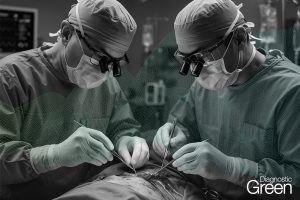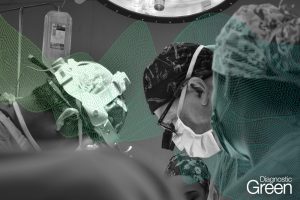Laparoscopic cholecystectomy (LC) is the standard treatment for gallstone-related diseases, but bile duct injury remains a significant complication. This study investigates the efficacy of integrating the Critical View of Safety (CVS) and Indocyanine Green (ICG) fluorescent cholangiography to prevent bile duct injury. A retrospective study was conducted on 50 patients with cholelithiasis and gallstone-related complications who underwent LC at Srinakharinwirot University from April 2022 to April 2024. ICG (2.5 mg) was administered intravenously 60 min prior to surgery. LC was performed using a near-infrared light source. Statistical analysis included Chi-squared, unpaired t-tests, and logistic regression, with a significance level at p < 0.05. CVS was established in 78% of cases. Most cholecystectomies were complete (88%), no major bile duct injuries were reported. Visualization rates for the common bile duct (100%).
Patients with gallbladder inflammation or previous history of ERCP had lower visualization rates, but these differences were not statistically significant. The non-CVS group had significantly longer operative times (75.9 vs. 60.5 min; p < 0.001) and higher rates of incomplete cholecystectomy (54.5% vs. 0%; p < 0.001) than the CVS established group. Integrating CVS and ICG fluorescent cholangiography enhances the safety of LC by improving bile duct visualization and reducing the risk of bile duct injury.




